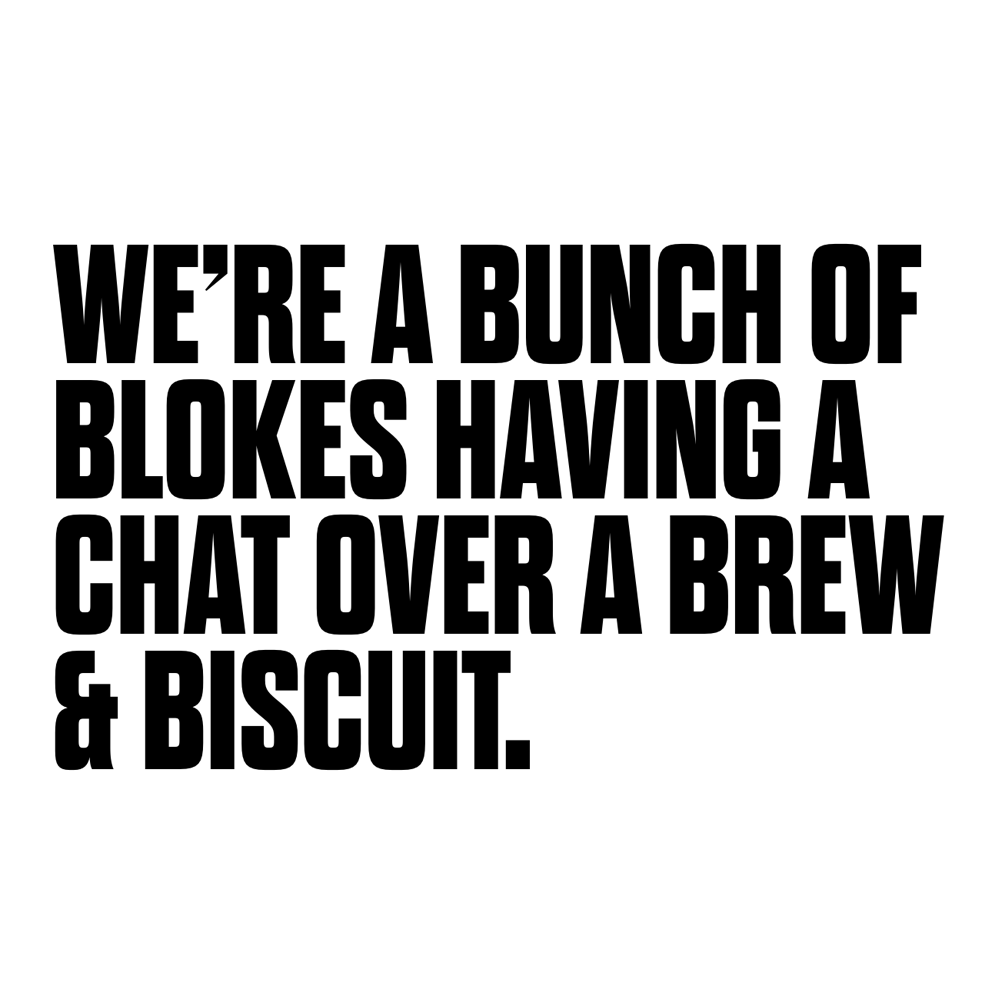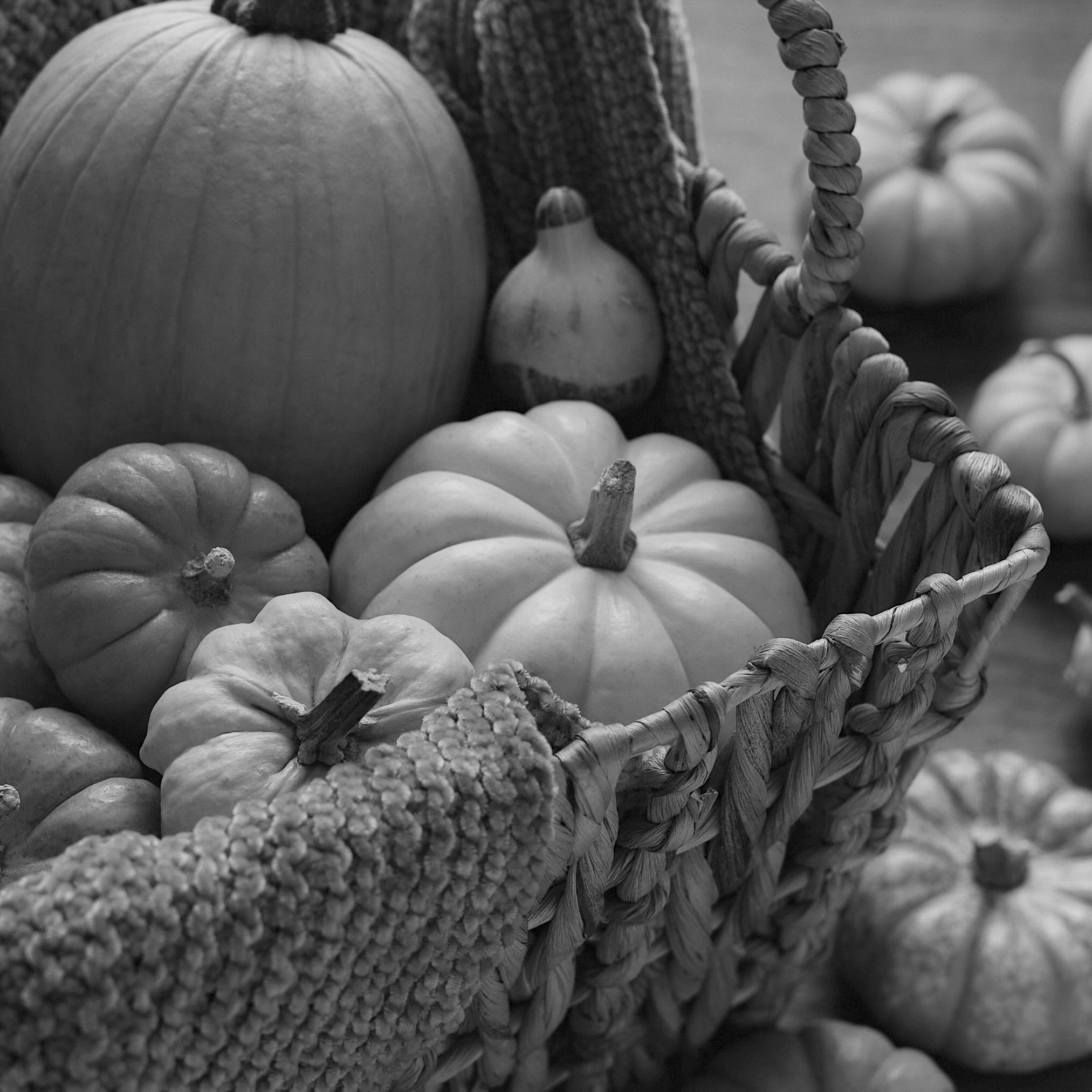Be honest; when was the last time that you went to the barber? Chances are that it was way back in mid-March, and possibly even earlier than that. COVID-19 pounced rather than crept up on us, and the difference between the world as we knew it and enforced isolation happened quicker than The Flash taking his daily jog! One day barbers were open, the next, well, closed. It didn’t really matter; it’s not as though you had work to go to, was it!
Now that barbers are tentatively reopening, many are heading out to get a bit of order back in their hairstyles, but others have chosen to embrace their inner caveman, and go with the locks. But if you have decided to stay with longer hair, the next challenge comes from keeping it in good condition. Luckily, Hawkins & Brimble are right by your side.
If you decide to keep your flowing locks, quality has to go alongside quantity. Long, straggly hair will get you looks for all the wrong reasons, so care is everything. Here is our five-step plan to long and lush locks.
Keep it tidy. Even though you are going for length, you are going to have to have it trimmed periodically, just to keep some shape in it. Trimming doesn’t necessarily have to take anything off the overall length – though get your barber to keep an eye out for split ends – but have a trim to start building shape in early. Understand that your hair won’t magically transform into that Hollywood-esque style by magic, and is going to take a lot of coaxing.
Wash less, condition more. Regardless of whether you are sporting short or growing hair, you really don’t have to wash your hair that often, and certainly not on a daily basis. You can quite literally wash the body out of your hair so it is a case of less is more. You can actually go a few days without a wash, unless you’ve been in a smoky or dirty environment, and still have great hair. Conditioning, on the other hand, is a good idea, and while you also don’t want to do that daily, aiming for three or four times per week is a good target.
Change hair products. It should be fairly apparent that, with long hair, matte clays and fudges are going to make your hair clumpy. With longer hair, you are going to need to use lighter products than you maybe have been previously. While the actual product might differ from person to person, pastes are a good place to start. You can use these as your hair grows as they are heavy enough to keep it flat until it is heavy enough to do it without too much product. At that point, you can switch to a lighter product like a cream to keep it enriched and in place and looking lush too.
Pick your hairbrushes. Longer hair will have a natural affinity for tangles and if you are too rough with getting them out, you’re going to start shredding your hair. Invest in a couple of large paddle brushes with fine bristles to gently ease through your hair without pulling strands out at the root. Lightweight tangle-teasers are good to, so get used to brushing your hair regularly. It’s even better if you can get someone else to do it for you.
Buy a hat. No, really! Hats are a great way for heling train your hair in its early stages, as well as keeping things calm if you are in need of a trim. Baseball caps are okay, Homburgs add gravitas, but try and stay away from trilby’s and bowler hats.
Having long locks is a dedication, but if you stick with it and do the work, you’ll have an amazing head of hair that your partner will thrill at running their fingers through.




